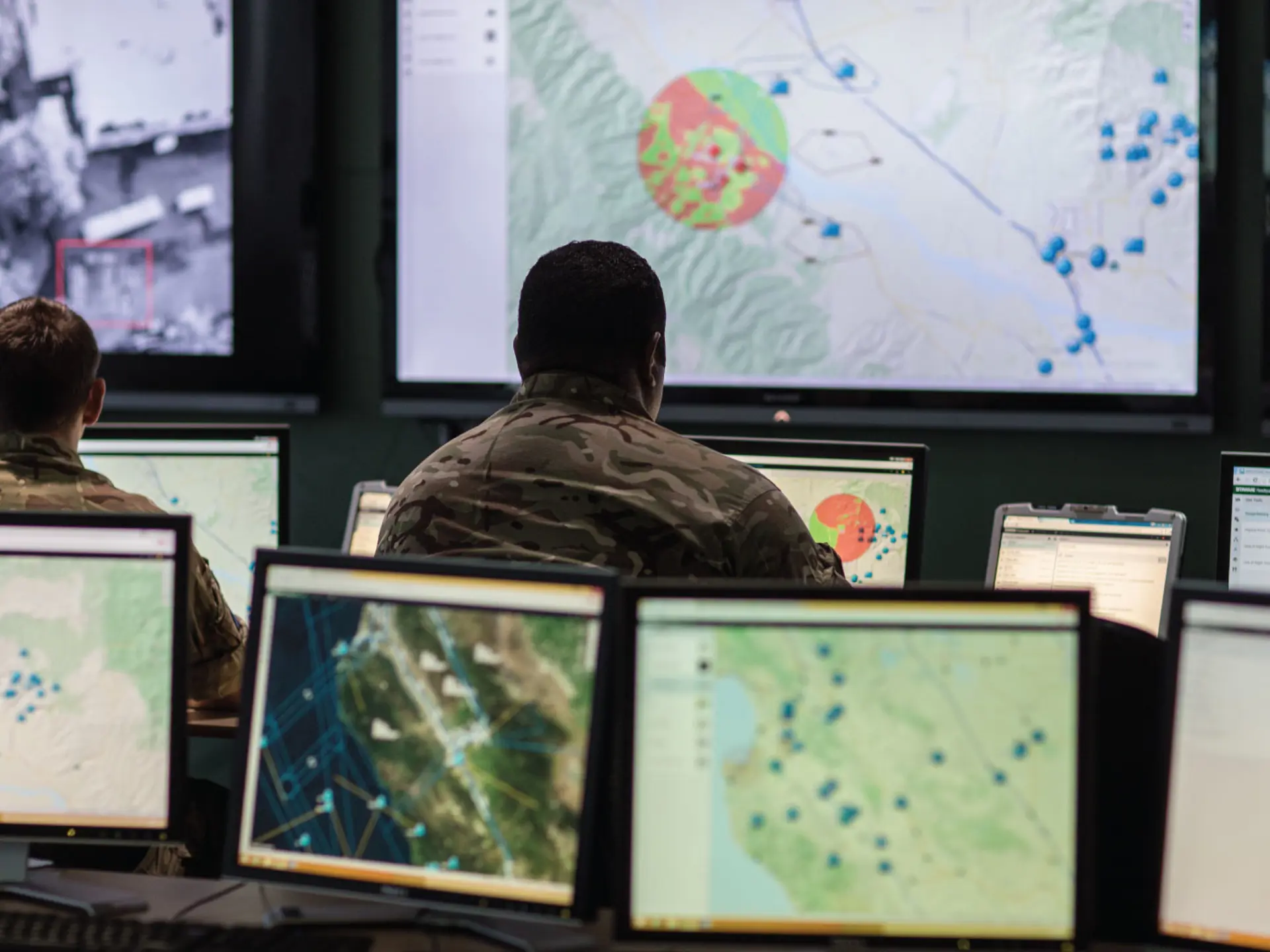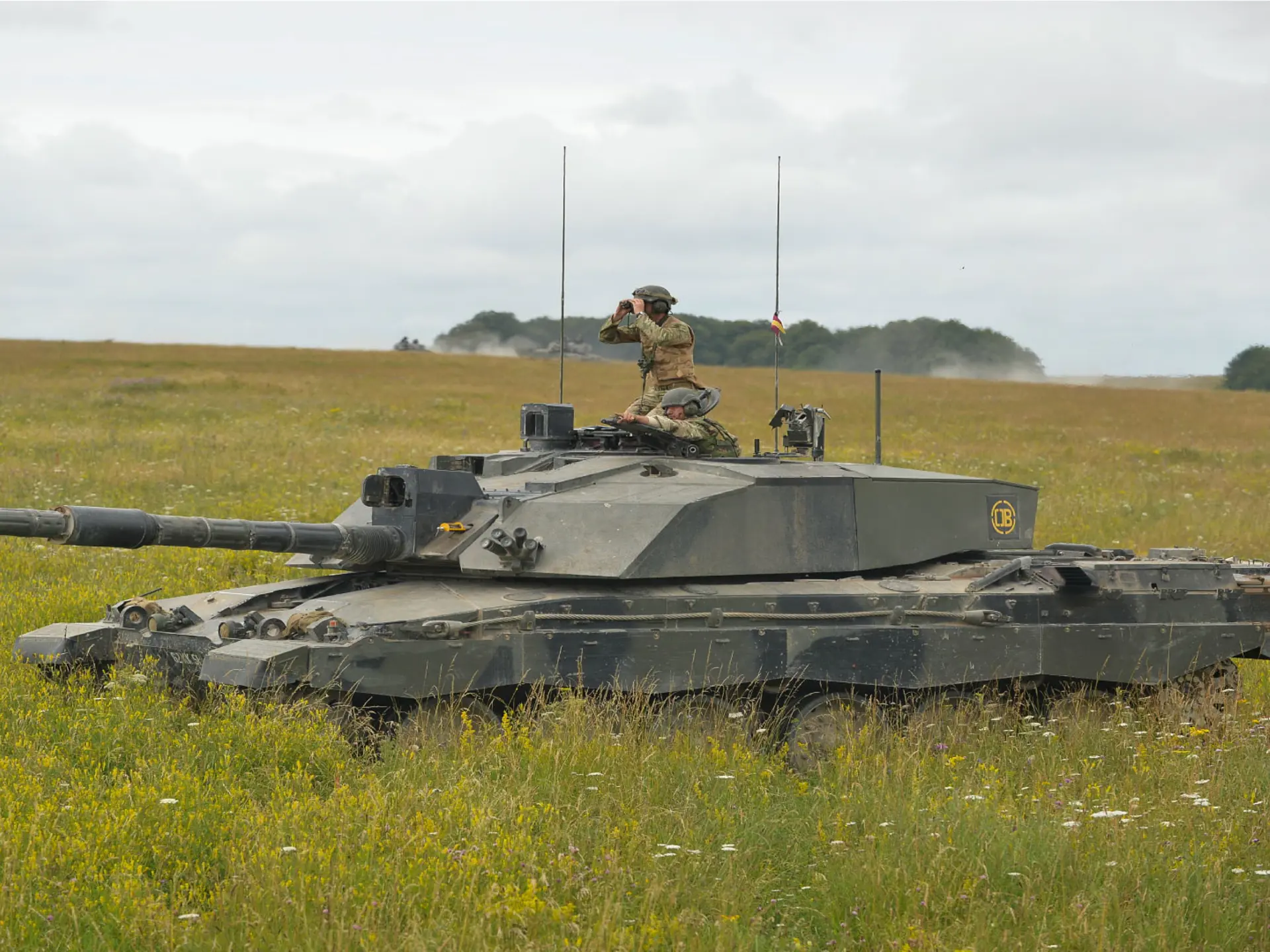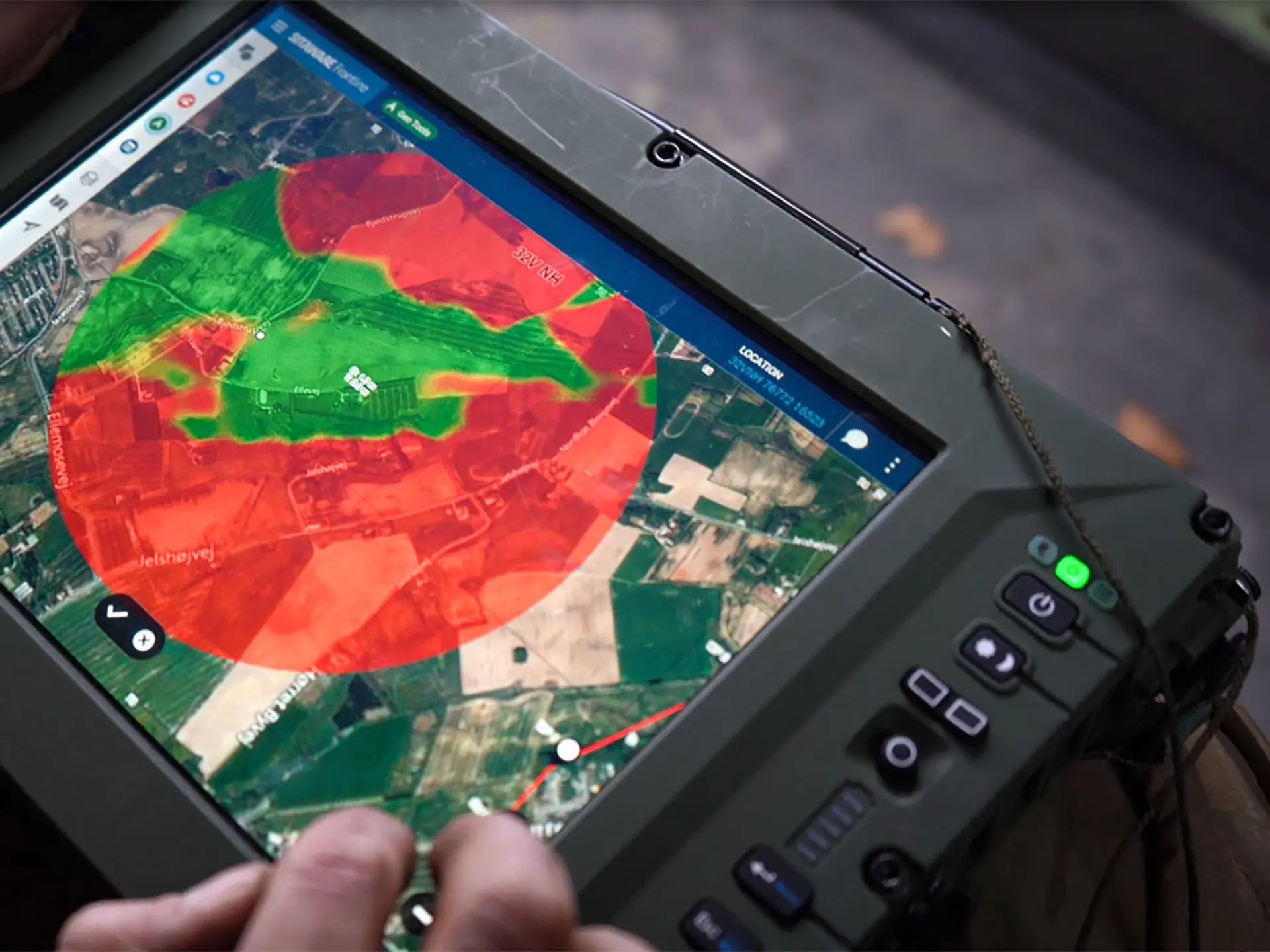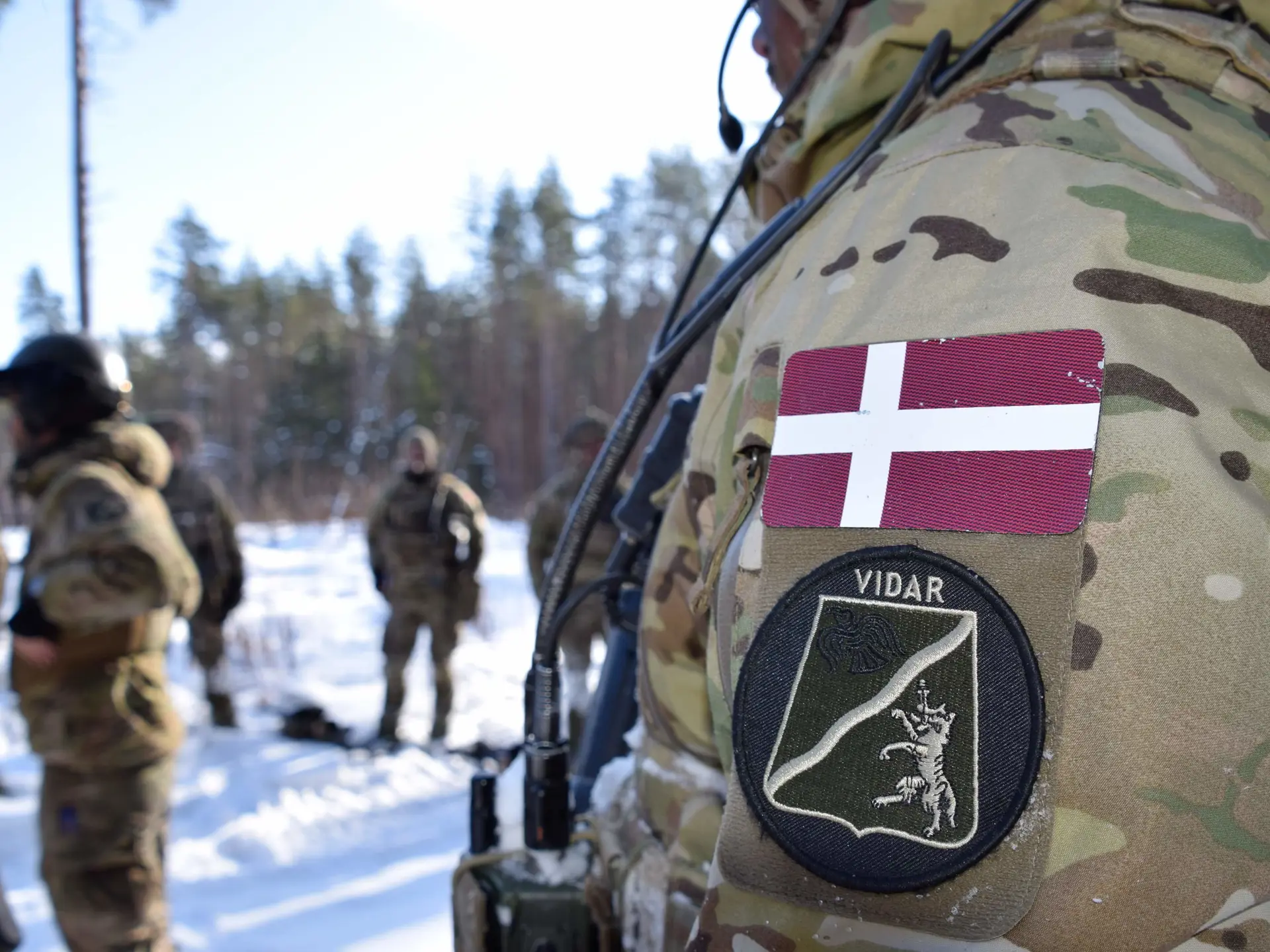C2 Down Under: Systematic partners with the Australian Army
Work with the Australian Army’s Land Network Integration Centre has resulted in the development of innovative command and control capabilities.
The Australian Defence Force is in a unique position. It possesses advanced tri-service capabilities and has a wide range of operational demands - from providing regional security and disaster relief, to UN peacekeeping missions and coalition operations in an asymmetric warfare environment - yet, unlike many of the countries it regularly partners with, Australia is not a NATO member and is geographically isolated.
This requirement to interoperate with numerous partners, in different scenarios, and with a variety of systems is a key driver behind the Chief of Army’s desire to become ‘digital by design’, and place command and control (C2) at the centre of the service’s capabilities, explained Colonel Shaun Love, Director of Land Network Integration.
Colonel Love has been tasked with examining how to bring multiple systems – from across domains – together on the battlefield, delivering the correct information to where it needs to be and at the right time.
Speaking at the Systematic User Forum in Stockholm, Colonel Love noted how easy it is to experience cognitive overload and the importance of delivering only the essential information to the user, “How do we bring the necessary pieces of information to the decision maker and in the format they need? How much is enough information and how much is ‘noise’?”.
Colonel Love pointed to an Army Warfighting Assessment (AWA) in 2016 as an example of how a lack of interoperability and the inability to function at scale paralysed a multinational exercise that represented a division level operation. With 19,000 live, virtual, and constructive elements taking part in the event, many of the C2 systems involved were unable to cope and had not previously been tested at that load; ultimately, C2 elements had to revert to paper maps to understand the common operational picture.
The problems experienced during the AWA largely stemmed from the different messaging formats’ inability to interoperate, and the disparate C2 and situational awareness (SA) systems employed by the participants, Colonel Love noted.
As its alliance is fundamentally with the US, Australia has decided to follow the Variable Message Format (VMF) protocol for near real-time SA. The army’s Land Network Integration Centre (LNIC) has worked with Systematic to develop a Capability Technology Demonstrator (CTD) focused on understanding the service’s requirements around track management and the ability to filter, translate, and present data from various formats and protocols across systems.
“For us, track management is key to working within our joint and coalition environments, and also to bringing in the multitude of message formats that different services and nations use to try and move data across the battlespace,” Colonel Love explained. “To be able to understand that better was one of the themes we had when we worked with Systematic, particularly around the Variable Message Format. So it was our way of gathering those requirements, confirming our need, understanding how we would move data between formats and nations, and to create what I would loosely call a ‘Babel fish’, a translator, a way to move information through different formats but also to bring that to where the warfighter needs it and at the time they need it.”
The demonstrator was established at an LNIC laboratory and utilised communications and networking systems in service with the army, “We looked at how we could move information between SitaWare Headquarters and some of our exemplar systems that are used in the lab [in order to] bring out the correlation between those tracks and work out how we best inform commanders at the right levels,” Colonel Love explained, “Within a very short period of time of engaging with the [Systematic] team, we had scoped the task, completed the demonstration, and performed it at load and at scale.”
Conducting the demonstration at load and scale was key, Colonel Love noted, with initial tests supporting 15,000 entities and subsequently growing to 25,000. That scale is representative of a coalition and multinational environment.
Evaluation of the CTD has been positive, Colonel Love said, “The way we worked with the Systematic team to describe those needs better will serve the Australian Army really well into the future, it will help us describe our requirements in a more succinct way than we would have had the opportunity to do so before now.”
Colonel Love pointed to the use of SitaWare Headquarters as an important factor in the success of the CTD, “Being a tool that is already in use around the world …. it was easy to see the integration that had already been done. Setting the task to say that we’d like to have a look at this part of the environment and understand our needs better, and be able to scope and write the requirement set better, was enabled really well by the time that was provided to us and that we are able to work with.”
A similar setup to that of the VMF CTD was established for the Joint Warfighter Assessment 18 at the Grafenwoehr and Hohenfels training centres in Germany. There, the so-called ‘Five Eyes’ countries – an intelligence alliance comprising Australia, Canada, New Zealand, the United Kingdom and the United States – could observe the full common operational picture from across the event, with Germany and France also having access. The demonstrator fed into SitaWare Headquarters and other C2 and SA systems used by coalition partners.



